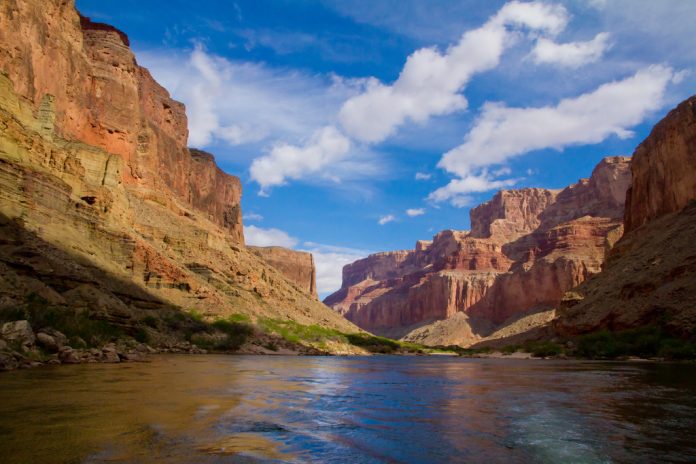Şevval Tufan
Efforts to secure a long-term strategy for the preservation of the dwindling Colorado River have hit a snag. Negotiations regarding plans to conserve its waters from 2027 onward have split into two divergent paths: On Wednesday, Arizona and California, two of the river’s largest consumers, announced their willingness to relinquish significant water allocations moving forward. They now call on other basin states to also reduce their water usage during periods of severe drought. However, upstream states, spearheaded by Colorado, are steadfastly resisting further cuts. They argue that their water supply depends on variable snowpack and cannot guarantee annual contributions to the river’s flow.

The question remains as to how representatives from these states will reconcile these conflicting proposals and whether high-level governmental intervention will be necessary to manage this crucial water source, upon which 40 million people across seven Western states rely. It is imperative to devise a new approach for communities to continue depending on a river strained by a historic drought and decades of overuse. The final plan could shape the river’s trajectory for the next two decades.
“These decisions, if not made by these seven individuals, will fall to others, whether they be judges or lawmakers,” stated John Entsminger, head of the Southern Nevada Water Authority.
State representatives express hope for finding common ground on refilling reservoirs and stabilizing river flows, although no immediate meetings are planned.
In the short term, there are signs of improvement: The Biden administration recently announced that Lake Mead’s water levels are at their highest in three years, despite remaining historically low. Temporary conservation measures established in a 2023 agreement, along with healthy snowpack, suggest that critical water levels threatening deliveries and hydroelectric power production may be averted for a few years.
However, the recent disagreement among Colorado River states casts doubt on the river’s health in the coming decades. Federal water managers have initiated an analysis of proposals from both upper and lower basin states to ensure a new plan for river use is in place by 2027, prioritizing climate change for the first time in its planning.
A Department of Interior official downplayed concerns of an impasse, emphasizing a commitment to a basin-wide solution through collaborative efforts.
The divide between the two plans revolves around which parties should bear the brunt of water scarcity during dry years. The lower basin states—California, Arizona, and Nevada—have proposed significant reductions in water consumption, particularly during times of low reservoir capacity. Meanwhile, upper basin states argue for a more flexible approach, linking water releases to reservoir levels and placing the onus of cuts on the lower basin during droughts.
As negotiations hit a stalemate, both sides remain firm on their positions, with potential legal action looming on the horizon. Compromise is favored by Colorado water officials, though the Bureau of Reclamation may ultimately dictate the resolution.
Any attempt to disproportionately burden one state or basin with water scarcity risks escalating conflict, warns J.B. Hamby, head of the Colorado River Board of California.
Source: The Washington Post







